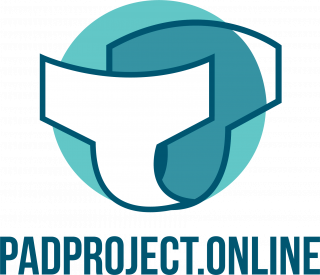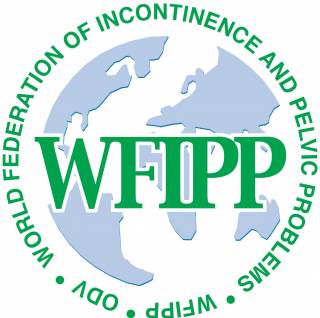
TISCARE2022
An International Multistakeholder Workshop
25-26 April 2022, Tampere University (City Centre Campus), Finland
CO-CREATING KNOWLEDGE ABOUT HOLISTICALLY SUSTAINABLE CONTINENCE CARE
Bringing together continence care experts in social, political, economic and health sciences, putting them in the same table with continence technology specialists and engineers, experts in urban planning, architecture, waste management, and circular economy, as well as patient organizations, health professionals, and the industry, TISCARE2022 sets out to define, what the term “sustainable continence care” means.
Why societies need a concept for “sustainable continence care”?
Incontinence – i.e. the lack of control of one’s bladder or bowels – is a common health problem that affects large parts of the population across the world. Yet, societies across the world are designed, built, and governed as if everyone were in control of their bladder and bowels.
- Public toileting is designed for those who ‘can hold’.
- Waste management infrastructures and housing design do not account for the storage and disposal of incontinence pads – not even in nursing homes.
- In the planning of carbon neutral cities, incontinence is barely mentioned.
- Health systems generally lack continence knowledge in primary care, with treatable conditions going regularly untreated. Or, people living with incontinence do not gain adequate assistance in finding products tailored for their individual needs.
- The list could go on…
All this threatens the sustainable development of societies – everywhere across the globe.
The threat is real.
In OECD countries alone, adult incontinence pads make about five percent of municipal waste, contributing to global warming and climate change through incineration and landfill. While the industry develops new, more sustainable solutions, in societies at large, circular economies for continence products are still in their infancy. The production of biodegradable pads is too expensive for market penetration. Health systems lack integrated services that would fully understand and meet the needs of persons who live with incontinence, at different stages of life.
The positive news is that, in the field of continence care, there is plenty of untapped potential for societal and technological innovations that could help save the planet, while increasing social justice and improving the public economy. The aim of this event is to catalyse such change!
What do we do in the workshop?
TISCARE2022 understands the terms technology and infrastructure widely, including technologies in the sense of engineering, infrastructures of built environment, as well as infrastructures and technologies of governance in the social scientific and political sense.
The event evolves around parallel workshops, where the participants craft a shared understanding of what sustainable continence care means for different disciplines and industries – and what it takes from different societies to get there.
In the workshops, the participants produce open access data on expert visions on sustainable future in continence care. The data will be archived after the event, so the event participants as well as others can utilise it freely for purposes of research, teaching, and innovation. To make it possible to record and archive the workshop proceedings as open access data, all participants of the event must give their informed consent for the collection, storage, analysis and archiving of the data. (More about this on the registration page).
If you have any questions on the format of the event, please don’t hesitate to ask. We have also included a Frequently Asked Questions section in the event homesite, and hope that will be of use for different stakeholders participating in the event – and the joint work of envisioning a sustainable future for continence care!

Organisers
The workshop is organised by the Pad Project, a research project funded by Tampere University, Academy of Finland and Kone Foundation, in collaboration with the World Federation for Incontinence and Pelvic Problems (WFIPP), who are funded by Medtronic. You will find more information on the organisers by clicking their logos below.




